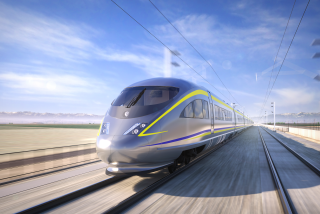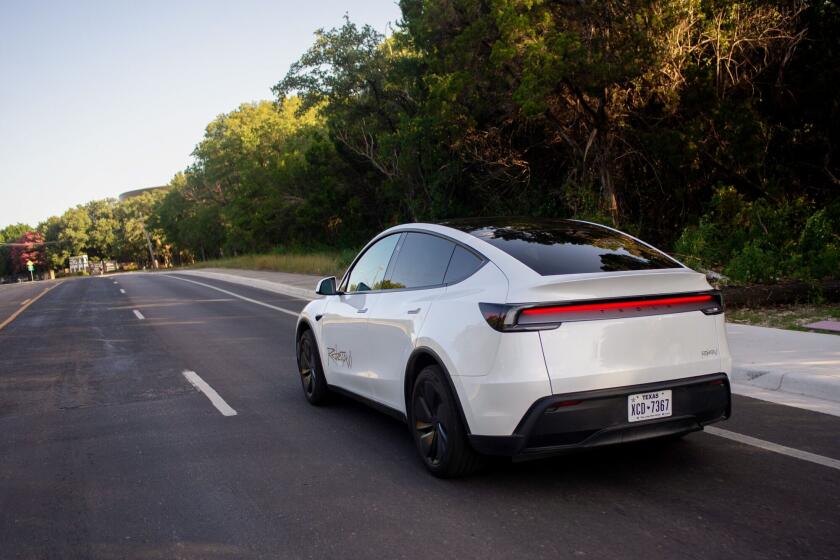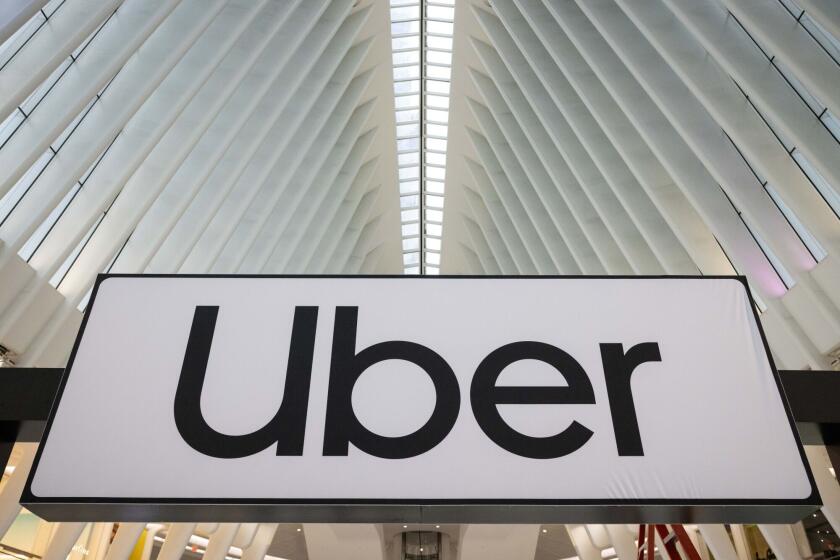Highway Measure Hands L.A. a Big Plum
- Share via
WASHINGTON — The highway bill that became law with a Senate vote Thursday to override President Reagan’s veto contains a huge plum for Los Angeles: It allows the federal government to spend up to $870 million on the proposed Metro Rail subway system, a figure that includes the $108 million the city had already received this fiscal year.
It will also send an estimated $1 billion a year in highway funds to the state. Among the projects that will be funded are the $1.1-billion completion of the Century Freeway and the $550-million construction of high-occupancy-vehicle lanes aimed at relieving congestion on the Harbor Freeway, said an aide to Rep. Glenn M. Anderson (D-San Pedro), chairman of the House Public Works subcommittee on surface transportation.
The state will also receive funds for 15 so-called “demonstration projects.”
Money spent on those requires a 20% match by the state but will not count against funds the state receives under regular federal funding formulas.
Included in the demonstration funding:
--$59 million to be spent on port projects in Los Angeles.
--$29 million to expand access to the Ontario Airport in an effort to lessen congestion at other airports.
--$6 million to build an access road and parking for Burbank/Pasadena/Glendale Airport.
--$8 million to widen a segment of State Road 86 in Imperial and Riverside counties that has been the site of school bus accidents.
Besides a promise of more money, Metro Rail supporters won several key technical provisions in the bill over the strong objections of the Reagan Administration. One orders Transportation Secretary Elizabeth Hanford Dole to give fast-track approval to environmental studies for the second phase of the project.
The bill also curtails Dole’s authority over the project by ordering her to quickly approve specific contract language covering construction of the second phase of the system.
RTD officials said the bill means that final design and land acquisition for the second phase can begin this year. Construction of an extension could be well under way by the time the first segment is completed in 1992, they said.
More to Read
Sign up for Essential California
The most important California stories and recommendations in your inbox every morning.
You may occasionally receive promotional content from the Los Angeles Times.













